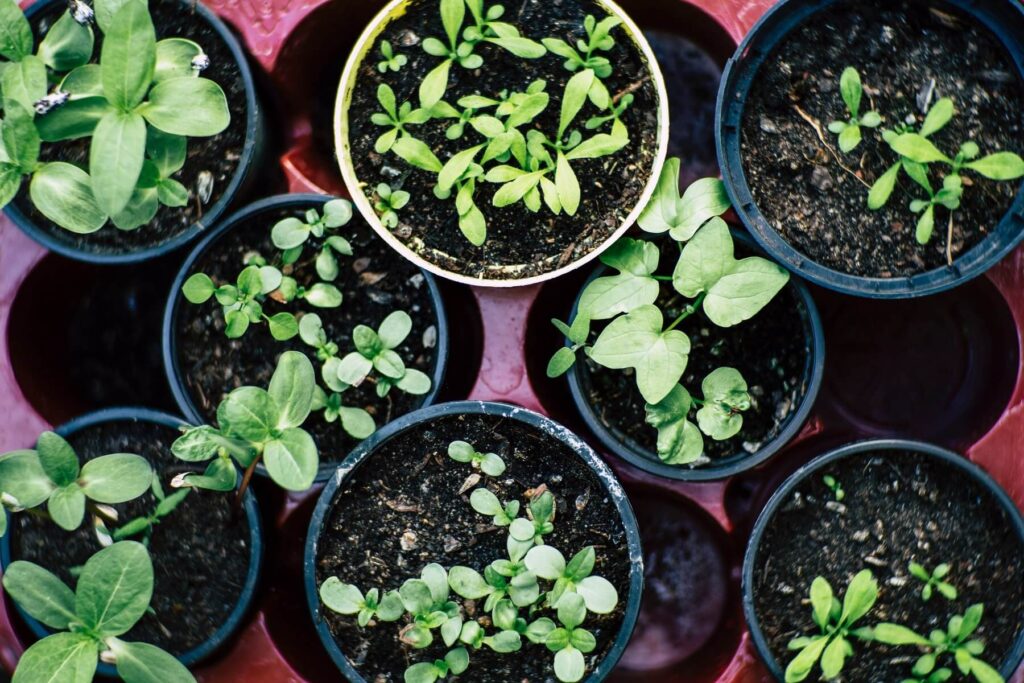You probably already know that both sugary and acidic foods can leave you needing a trip to the dentist. Did you, however, know that there are foods you can eat to help your oral health. What’s more, many of them can be easily grown at home, even if all you have is a container. Here are five suggestions.
Parsley
Parsley is rich in a compound called eugenol. Eugenol is the main component of clove oil. In fact, it’s what gives clove oil its medicinal qualities. Clove oil, however, comes from a tree (Syzygium aromaticum).
Parsley, by contrast, can be in a regular plant pot. Other sources of eugenol include basil, marjoram, and oregano. There’s also bay although this can get quite large and demanding.
Advertisement - Story continues below
Request advertising info. View All.
Cress
No article on teeth and gums would be complete without a mention of calcium. This mineral is essential for strong teeth (bones, nails, and hair). Cruciferous (green, leafy) vegetables are great sources of calcium (and iron too). This includes both garden cress and watercress. These can be grown in even the tiniest of indoor spaces.
If you have any outdoor space at all, then you have a huge range of options. Spinach, kale, and broccoli are particularly good for beginners. They’re also really versatile for cooking (and hence eating)!
Carrots
Carrots can actually do as much for your teeth as they do for your eyes. Eating any crunchy vegetable is good for your teeth. That’s because crunchy vegetables often clean your teeth as you chew them. Carrots are particularly good because they’re rich in Vitamin A (and Vitamin C). Vitamin A supports the health of your bones and teeth.
It’s hard to think of many plants which are easier to grow than carrots. They’ll be quite happy indoors. That said, they’re hardy enough to grow outdoors nearly anywhere. Your biggest challenge will be stopping the local wildlife from getting to your carrots before you do. Containers can be useful here, as can good netting.
Citrus fruits
Citrus fruits are known for their Vitamin C content. Vitamin C has numerous benefits for oral health. You can drink citrus fruit juices, but it’s preferable to eat the whole fruits. This is mainly because it gives you the added benefit of the fiber they contain. Fiber is not only beneficial in itself. It also helps to moderate the impact of the natural sugars and acids in the fruits.
Larger citrus fruits, like oranges, generally need to be grown outdoors. They are, however, generally quite happy in greenhouses. Smaller citrus fruits, by contrast, often adapt well to containers. If you have space for a large pot, you might want to try a citrus splitzer. As the name suggests, these have two citrus fruits grafted onto one tree.
If you need to stick to smaller pots, calamondins, cumquats, and mandarins are all good options. They all need plenty of heat and light, but are fairly undemanding on space.
Sweet potatoes
Sweet potatoes are another great source of both Vitamin A and Vitamin C. They also have plenty of fiber, especially if you leave their skins on when you cook them. Eating fiber encourages your mouth to produce saliva and that’s good for your teeth.
Sweet potatoes are very easy to grow as long as you protect them from frost. If you put them in potato barrels (or some other container), you can keep them out of the cold. This approach also means harvesting takes less effort.
Photo by Markus Spiske.
